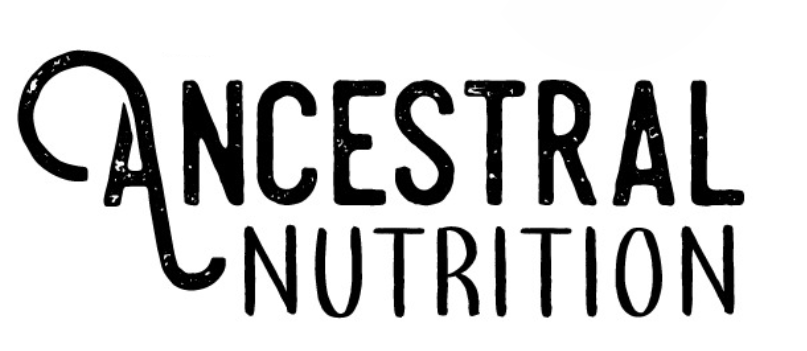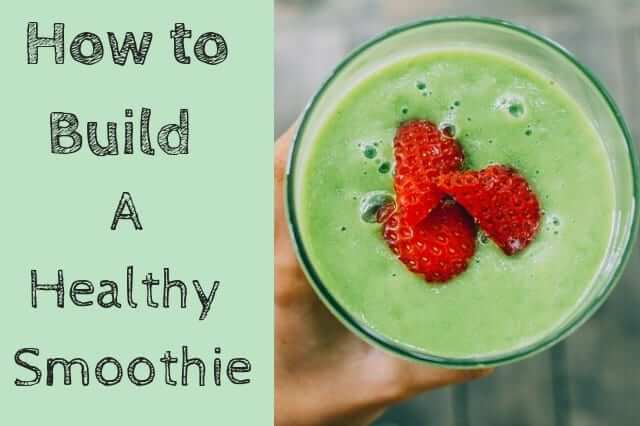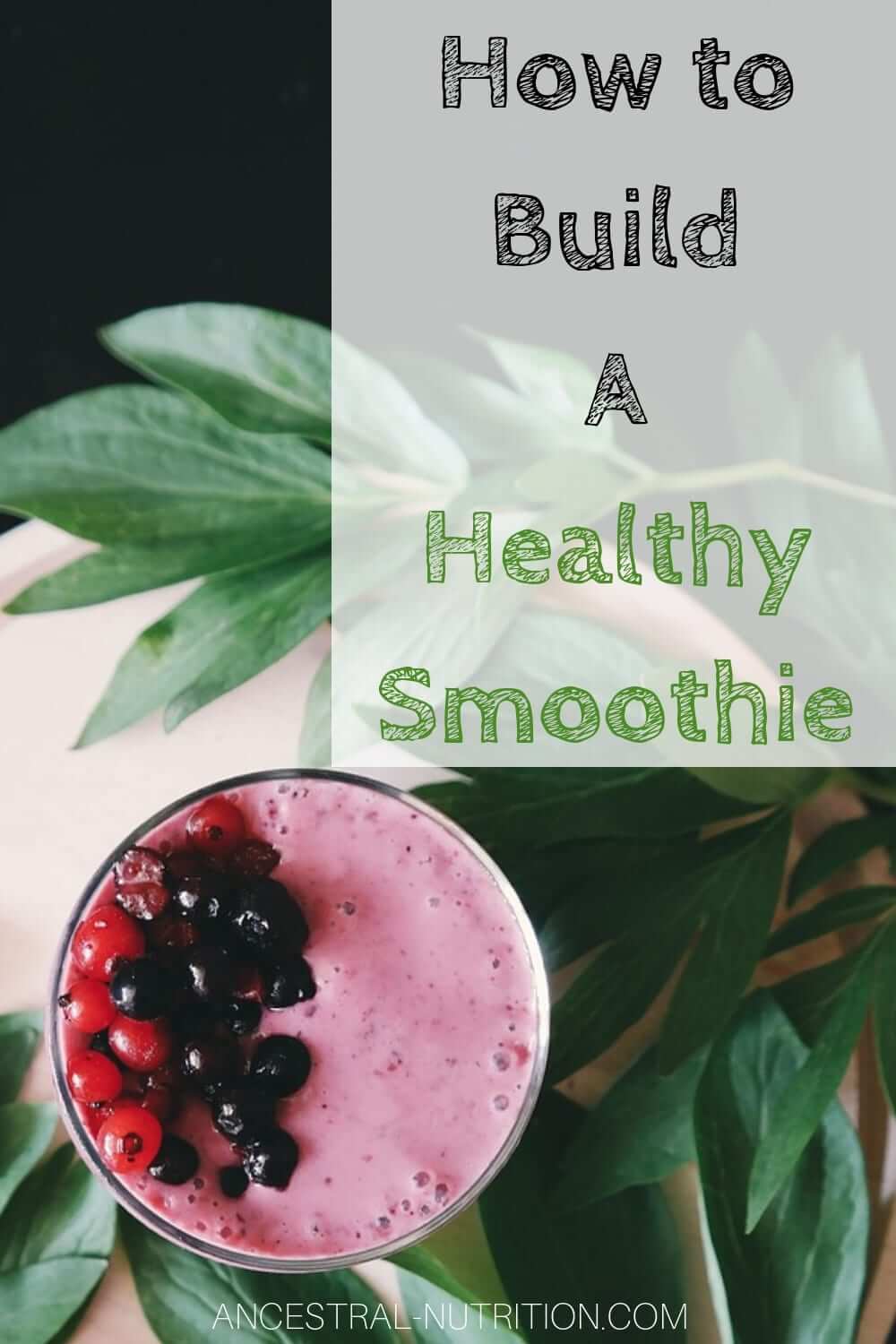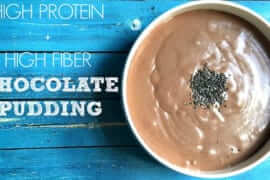Read on and discover what it takes to build a low-sugar, high-fiber and protein-packed smoothie and learn how to develop healthy smoothie recipes yourself using my winning formula!
Smoothies – quick to prepare, easy to transport, simply the perfect on-the-go snack.
Having gained a reputation as a nutritional superstar, juice bars are popping up everywhere and restaurants and fast food chains around the world have whole smoothie menus!
You’ll even find premade versions on grocery store shelves. But wait a minute!
Are smoothies healthy?
It depends! Done right, smoothies can be a great addition to a healthy diet packing vitamin-loaded ingredients along with fiber, minerals, and other healthy substances.
However, even if you toss a lot of healthy ingredients into your mixer, a breakfast smoothie can still add up to a lot of sugar and empty calories and can, therefore, interfere with your health and fitness goals.
Now, it’s easy enough to go overboard when making a smoothie at home, but things look even worse when ordering a seemingly healthy smoothie from a menu.
Don’t even get me started on the bottled smoothies.
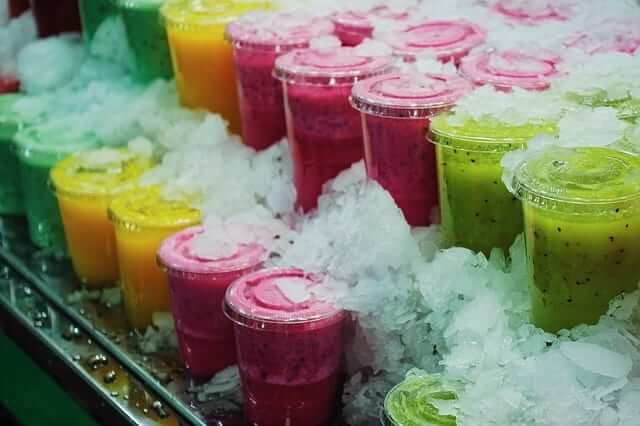
Why that smoothie you just bought is probably not healthy:
1. Too much fruit
In moderation, fruit is a healthy smoothie ingredient, but we want to use it as a flavor, not as a base! Most restaurants and cafes, but especially companies selling bottled smoothies, do the opposite and that bulk of fruit adds a lot of sugar and carbs.
2. Too much sugar
In addition to the sugar from the fruit, most overeager bartenders and chefs add an excessive amount of maple syrup, honey, agave, coconut sugar, or any other form of added sugar from milk or yogurts.
A sweet smoothie is an easy sell and in the end, restaurants are not interested in your health, they want to make a decent profit. This is especially true for bottled smoothies! Most companies add lots of sugar and “fillers” like concentrated fruit juice instead of real fruit.
Chances are you just paid 5 Dollars for a small bottle of apple juice with, like, one strawberry.
3. Skimping on the “good stuff” aka. not enough protein, fat, or fiber!
Protein powder and nut butter are expensive so you can expect the added amount to be ridiculously low. The result? You’ll be hungry again within no time at all but you still just drank a whole meal’s worth of empty calories.
4. Pasteurization
Store-bought smoothies are 99.9% of the time pasteurized, a process which involves heating the drink to very high temperatures.
This is done to kill off anything that might make us sick, but this process also kills off all the good stuff. Not great!
In short, you might just as well drink a milkshake!
When I do opt for a smoothie, I’m pretty adamant about making it myself and I recommend you do the same!
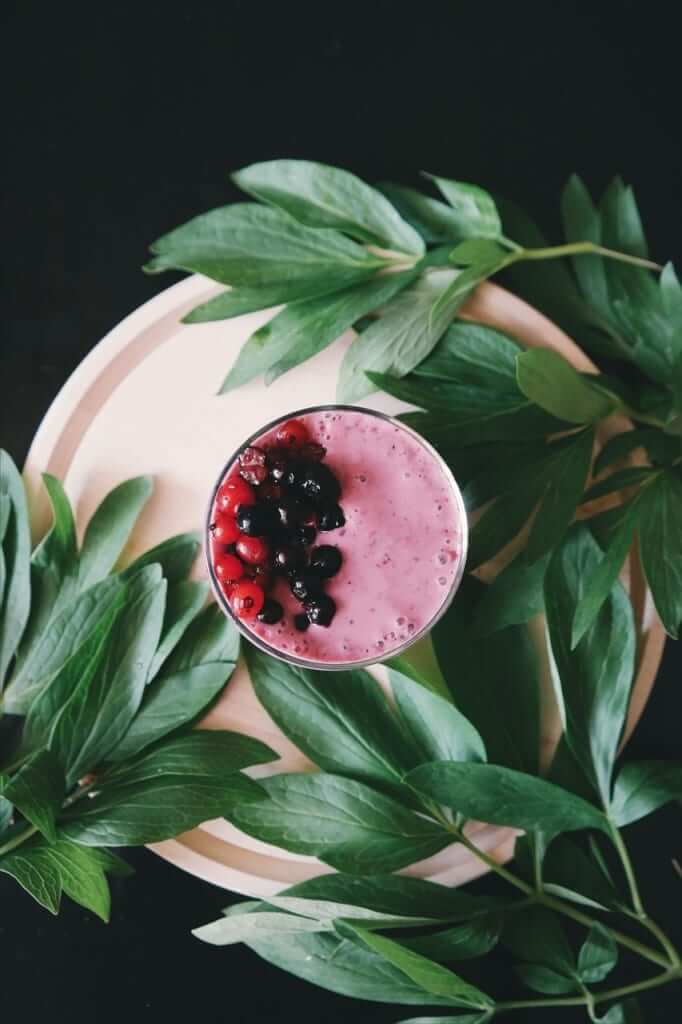
Making your own smoothie has so many advantages:
- You have full control over ingredients (especially added sugar) and the texture!
- No pasteurization – All the vitamins, minerals, antioxidants, and enzymes are still there.
- Cheaper than store-bought – Making your own smoothie can be cheaper than buying the bottled ones, depending on the ingredients you’re using.
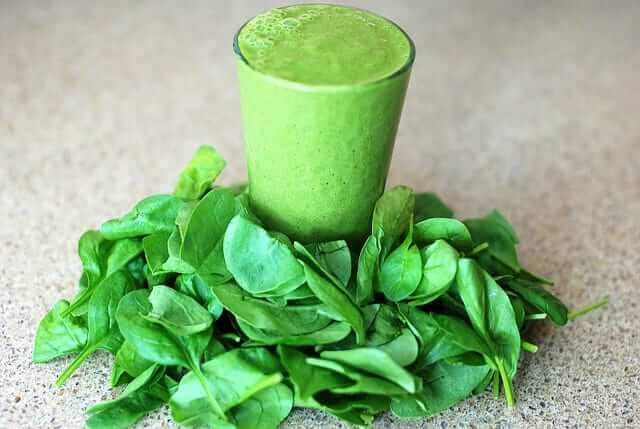
So, what are the ingredients for healthy smoothie recipes?
- Fruit: These are not the base of our smoothie, they simply add some flavor and color! I stick to low-sugar fruit like strawberries, blueberries, and raspberries.
- Protein: My favorite protein source for shakes and smoothies is grass-fed whey. It contains a great vitamin and mineral profile, all essential amino acids and it’s easy for most people to digest. If you want to read more about this, head over to my post on healthy protein powders.
- Greens: If you don’t mind the green color, adding a handful of spinach or kale is a good way to bring more antioxidants to your drink. These greens also give your smoothie more body,
- Fat: As a healthy source of fat, I opt for nut butter, coconut oil, seeds (chia, hemp or ground flax seeds), and avocado. This combination makes your healthy smoothie extra filling and comes with the benefits of heart-protecting omega-3 fatty acids or monounsaturated fats.
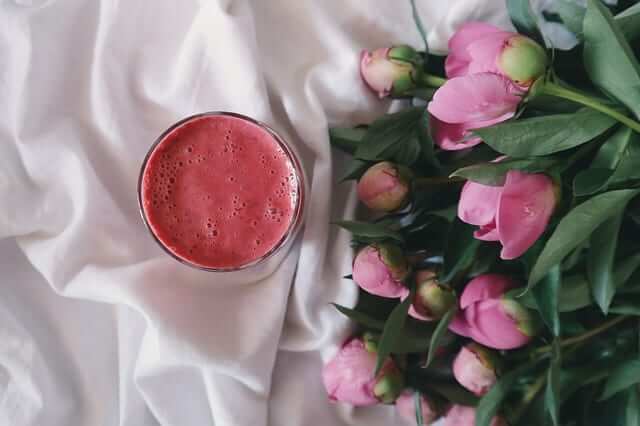
Now, to make things even easier – here’s my formula for healthy smoothie recipes:
Over time, I have developed a flexible formula for the best low sugar, high protein, and high fiber smoothie!
Taking this recipe as a guideline, you can create your own healthy smoothie recipes!
This is my basic smoothie recipe:
1 cup coconut or almond milk,
1-2 tbsp chia or flax,
1 tbsp fat like coconut oil or nut butter,
1/4-1/2 cup of low sugar fruit like berries,
a handful of leafy greens,
1/2 avocado,
1 scoop of grass-fed or organic/grain-free protein.
Instructions:
Simply toss all the ingredients into a high-speed blender and pulse until smooth!
Now, treat this recipe a base from which you can create your own healthy smoothie recipes:
Feel free to add cocoa powder, cinnamon, turmeric, ginger, and unsweetened matcha powder. These additions bring more complexity to your smoothie and can also bring other health benefits.
I occasionally like to toss some ice cubes into the blender as this adds more volume and makes the smoothie last longer.
So, we’ve learned that not all smoothies are created equal.
Ordering that tropical smoothie on the way to work sounds like an attractive and easy way to start the day, but by now, we know that convenience and nutrition don’t tend to go hand in hand and homemade is always best!
Feel free to experiment with my recipe and share your favorite combos in the comment section below!
